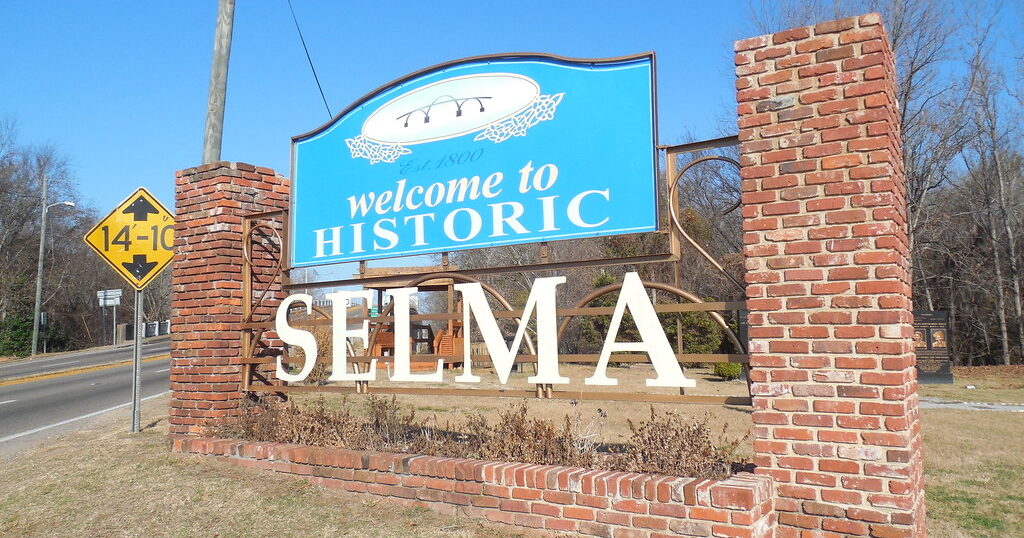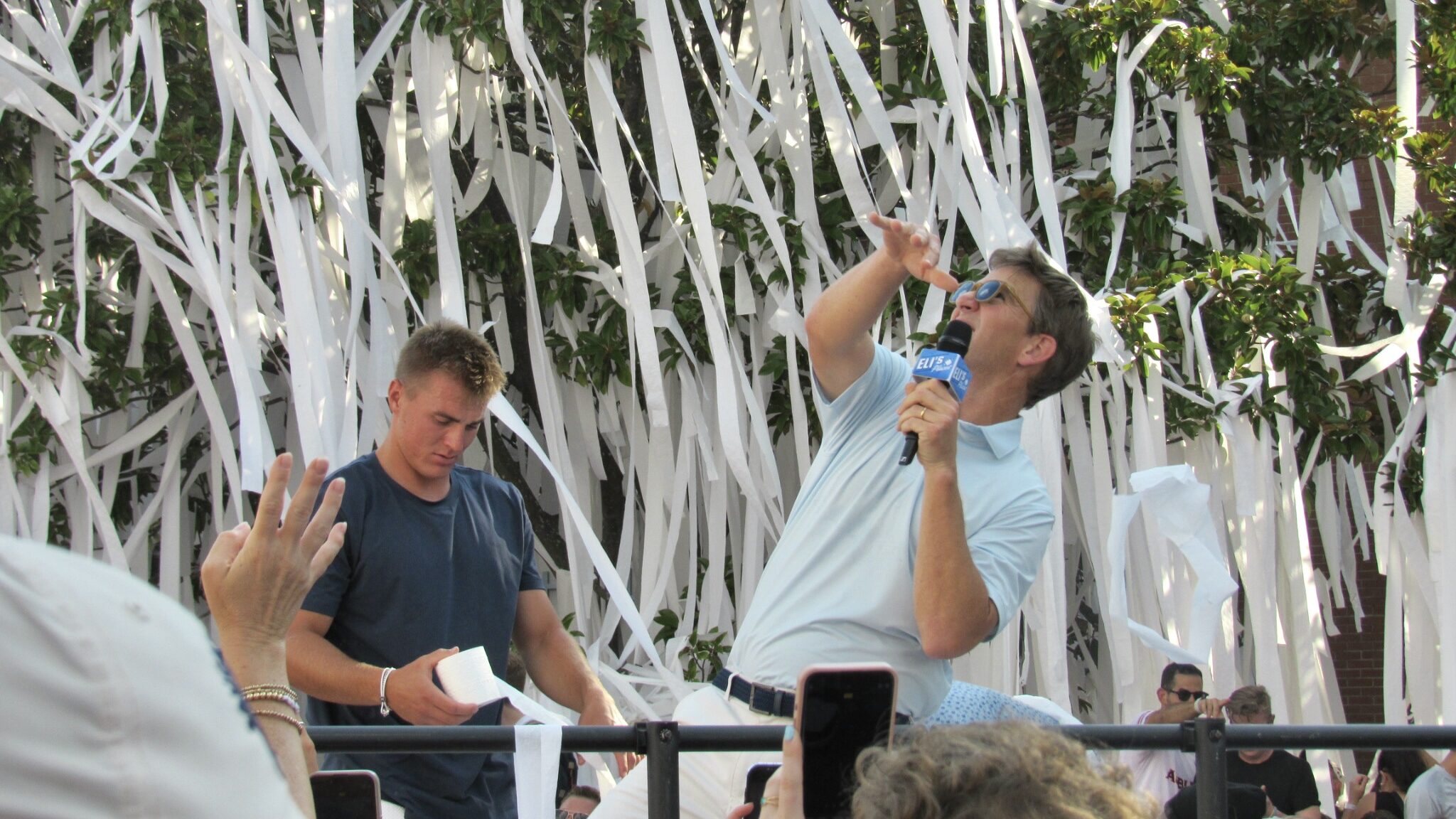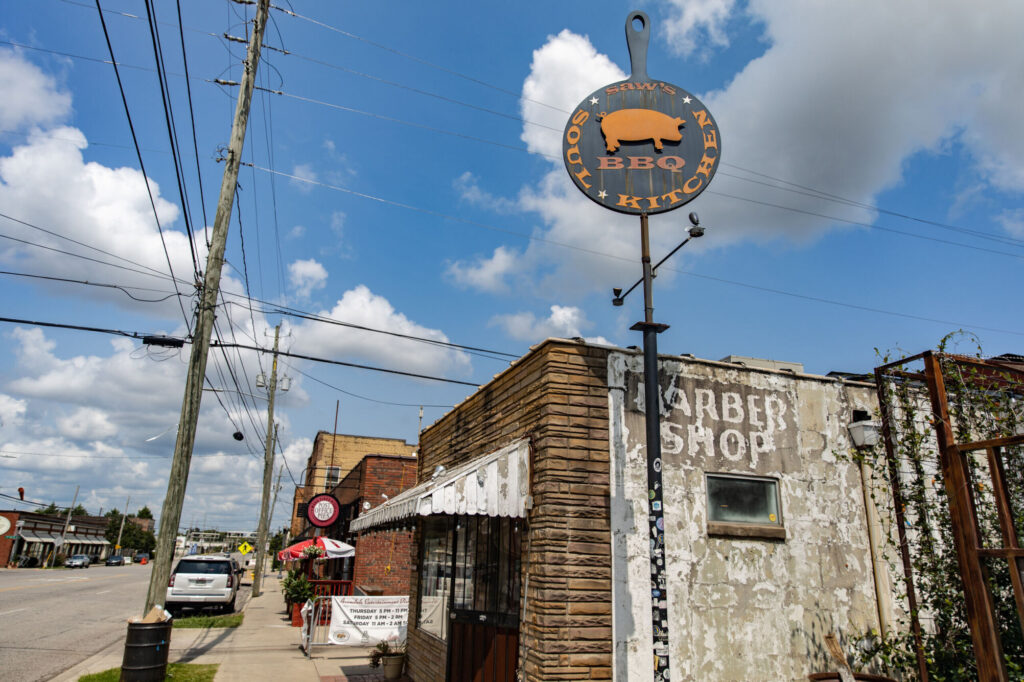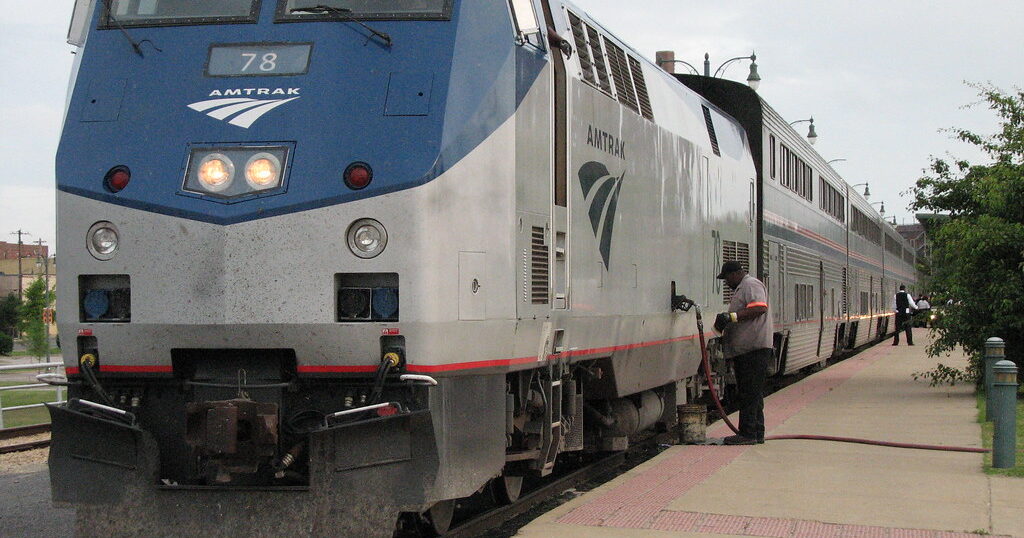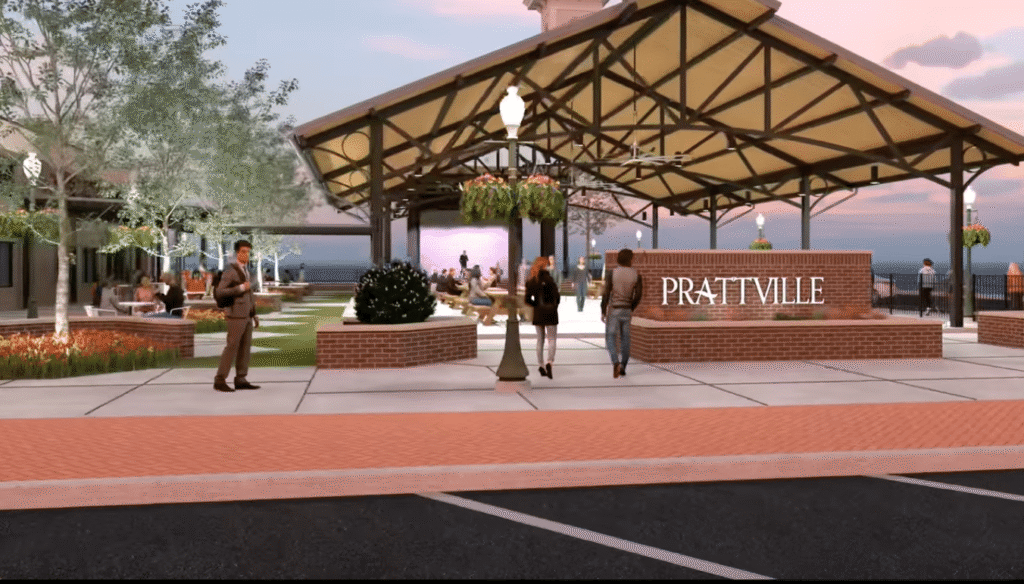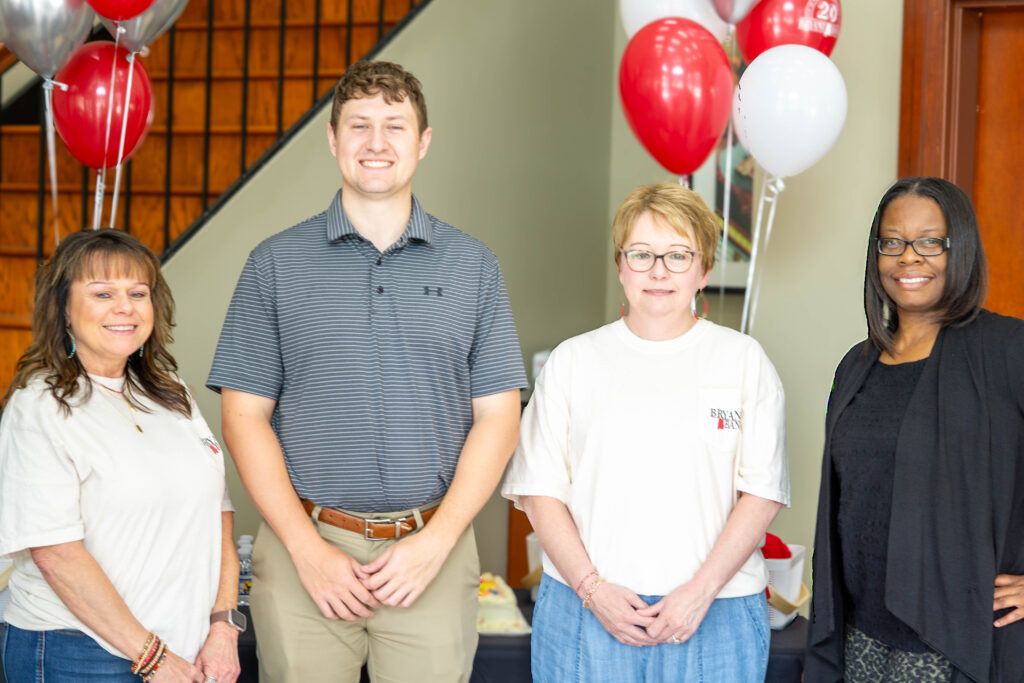Reviewed by: Pat Byington
P. Thornton Marye, the architect behind Alabama’s most breathtaking train stations
Reading time: 4 minutes

Did you know that P. Thornton Marye, an architect from Virginia, designed some of the most beautiful buildings in Alabama? We took a look at several examples of his work in Alabama to learn more!
About P. Thornton Marye

Born in Alexandria, Virginia in 1872, Philip Thornton Marye was a masterful architect and the mind behind some of the grandest structures in the American South. After studying at Randolph-Macon College and the University of Virginia, Marye designed multiple civic, commercial and public buildings in the Atlanta area. Marye’s talents were noticed by clients throughout the South, who commissioned him to design projects including:
- Terminal Station, Atlanta, Georgia (1905)
- St. Luke’s Episcopal Church, Atlanta, Georgia (1906)
- Capital City Club, Atlanta, Georgia (1911)
- Fox Theatre, Atlanta, Georgia (1929)
- Aladdin Theater, also known as The Historic Cocoa Village Playhouse, Cocoa, FL (1924)
- Greenville County Courthouse, Greenville, South Carolina (1918)
Throughout his career, Marye encouraged architectural preservation efforts and served with the Historic American Buildings Survey and the American Institute of Architects Commission for the Preservation of Historic Buildings in America. Ironically, several of Marye’s best works—including the Atlanta Terminal Station and the Birmingham Terminal Station—were demolished. Luckily, many example of his work exist today, including several in Alabama.
Marye’s Work in Alabama
1. Gulf, Mobile and Ohio Passenger Terminal (1907)

After receiving national recognition for his work with the Atlanta Terminal, P. Thornton Marye was hired to design a station in Mobile for the Mobile and Ohio Railroad. During the Spanish-American War, Marye was exposed to colonial architecture in Cuba; the Spanish Mission Revival-style terminal reflects that influence. Towering over the tracks, the Gulf, Mobile and Ohio Passenger Terminal’s sand-toned walls and red terracotta roof fit in well in the historic city of Mobile.
After the decline of rail travel, the Mobile Terminal suffered from years of vacancy and neglect. Thankfully, the city of Mobile and a private company invested more than $18M in restoring the building in 2001. Now, it houses private offices and the city’s The Wave Transit System.
2. Birmingham Terminal Station (1909)

Through his work with the Atlanta and Mobile stations, P. Thornton Marye landed the attention of the Birmingham Terminal Company, who hired him to design a new station in The Magic City.
Described by Marye himself as, “the most extensive of the stations so far built in the South,” Birmingham Terminal Station was a massive and splendid structure. The station boasted a 7,600 square-foot domed main chamber, complete with an ornate chandelier. Twin, 130-foot-tall towers stood on either side of the main chamber.
For 60 years, the Birmingham Terminal Station welcomed countless visitors to The Magic City. Unfortunately, the station was demolished in 1969 after years of declining rail travel.

Currently, a group of railway enthusiasts are working to install a historical marker at the former location of the Birmingham Terminal Station. If you want to learn more about the station, read Marvin Clemons’ Great Temple of Travel: A Pictorial History of Birmingham Terminal Station, 1909-1969.
3. Highlands United Methodist Church (1909)

Although Birmingham lost its Terminal Station, The Magic City still has one surviving example of Marye’s work: Highlands United Methodist Church.
According to Highlands UMC’s history, the congregation held a contest to design their new church in the early 1900s. Although Marye’s design came in second, a prominent church member persuaded the congregation to accept Marye’s design for the building. Work on the Spanish Renaissance Revival sanctuary ran between 1907 and 1909, although the bell tower wasn’t finished until 1921 due to funding.
Luckily, this beautiful structure still stands proudly in the heart of Birmingham’s Five Points South neighborhood—make sure to visit if you’re in town!
What is your favorite example of Marye’s work in Alabama? Tag us @thebamabuzz to let us know!

